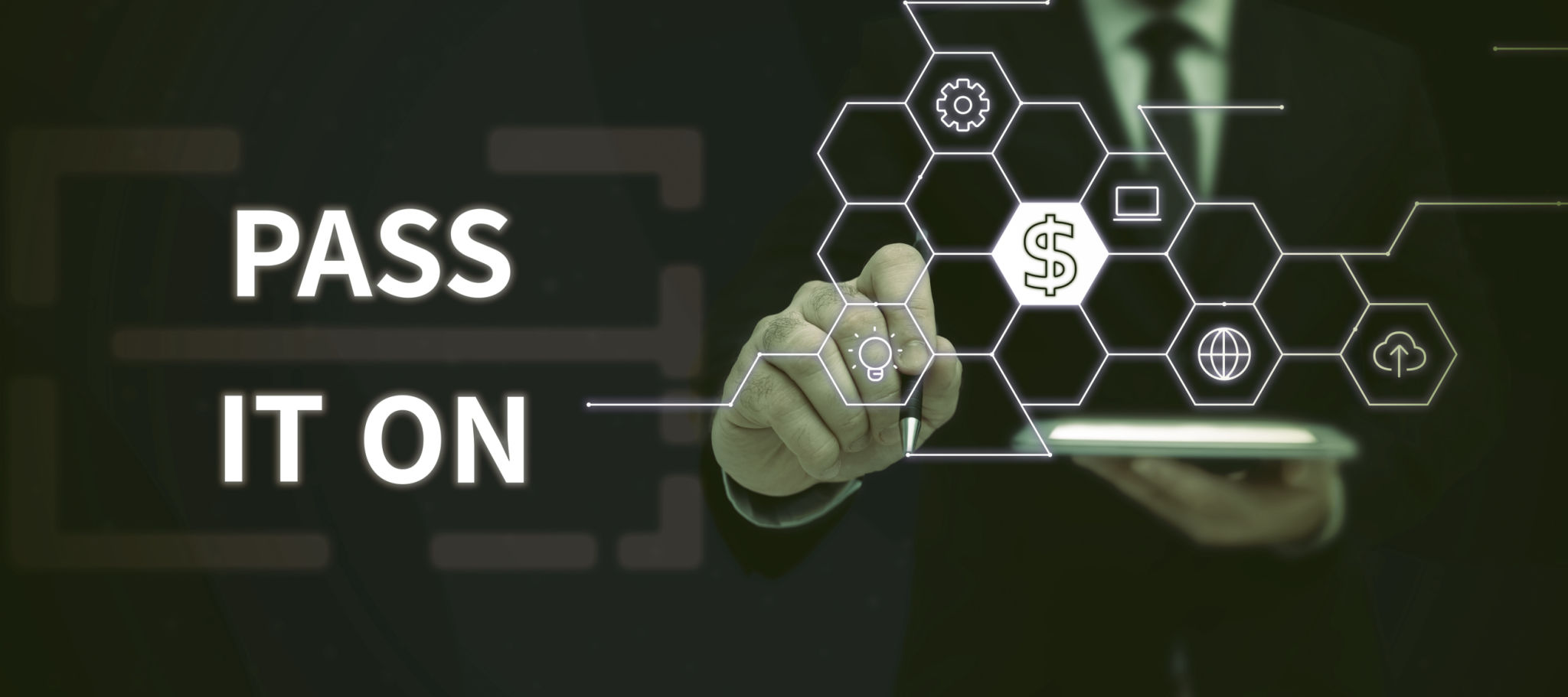The Future of Digital Assets: Trends in Tokenisation
AF
Understanding Tokenisation
In the rapidly evolving landscape of digital assets, tokenisation stands out as a transformative concept reshaping the way we perceive and interact with value. Tokenisation involves converting ownership rights of tangible or intangible assets into a digital token on a blockchain. This process not only enhances liquidity but also democratizes access to various asset classes.
One of the primary benefits of tokenisation is its ability to fractionalize ownership. This means that high-value assets, such as real estate or fine art, can be divided into smaller portions, allowing more people to invest in them. As a result, tokenisation offers a pathway for increasing market participation and widening investment opportunities.

Trends Driving Tokenisation
The tokenisation trend is being propelled by several factors, including advancements in blockchain technology, growing interest in decentralized finance (DeFi), and increasing regulatory clarity. As blockchain becomes more robust and efficient, the security and trust in tokenised assets also improve, making them more appealing to investors.
Moreover, the rise of DeFi platforms has further fueled interest in tokenisation. These platforms enable the creation, issuance, and trading of tokenised assets without intermediaries, reducing costs and increasing transparency. The ability to trade tokenised assets 24/7 in a global marketplace is another significant advantage.

Regulatory Developments
Regulatory frameworks around digital assets are evolving, with governments worldwide recognizing the potential of tokenisation. As regulations become clearer, more institutional investors are likely to enter the market, bringing increased credibility and stability.
However, navigating these regulations can be complex. Businesses interested in tokenising assets must stay informed about compliance requirements to ensure they meet legal standards. This involves understanding both local and international regulations, as digital assets often transcend borders.

Future Applications of Tokenisation
The future of tokenisation is bright, with numerous applications across different sectors. In real estate, for instance, tokenisation could revolutionize property transactions by reducing paperwork and speeding up processes. It also opens up opportunities for investing in international properties with ease.
Another promising area is the art industry. By tokenising art pieces, artists and collectors can ensure provenance and reduce the risk of counterfeiting. Investors can also buy shares in artworks, diversifying their portfolios without needing huge capital outlays.
Challenges and Considerations
Despite its potential, tokenisation faces challenges that need addressing. Issues such as cybersecurity risks, market volatility, and the need for robust infrastructure are critical factors that stakeholders must consider. Additionally, achieving interoperability between different blockchain networks is essential for the seamless trading of tokenised assets.
Educating investors and industry participants about the benefits and risks associated with tokenisation is crucial for fostering trust and adoption. As the market matures, these challenges will likely be addressed through innovation and collaboration among industry players.

Conclusion
The future of digital assets is intrinsically linked to the rise of tokenisation. As technology advances and regulatory frameworks solidify, the opportunities for creating value through tokenised assets will expand. Embracing this trend could lead to more inclusive financial systems and innovative investment models.
For businesses and investors alike, staying informed about the latest developments in tokenisation is key to leveraging its full potential. As we move forward, it will be exciting to see how this dynamic field evolves and reshapes the world of finance.
